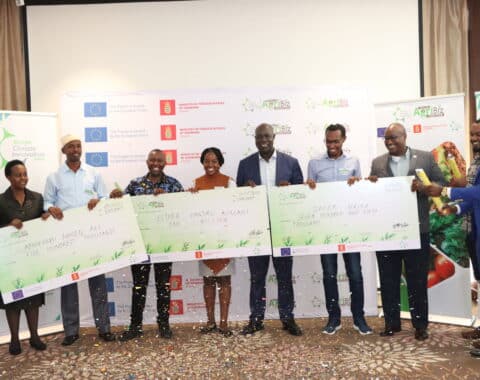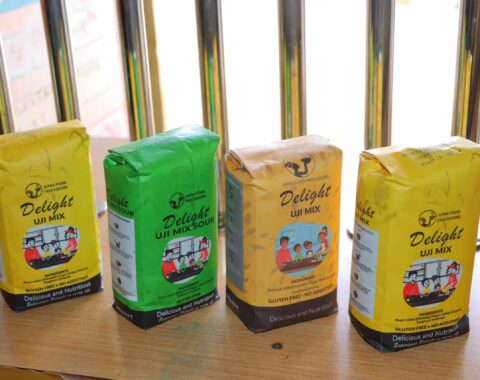Kilifi County was formed in 2010 due to the merging of Kilifi District and Malindi District. The County has a population of 1.4 Million and covers an area of over 12 Million square kilometers according to Kenya National Bureau Of Statistics (KNBS). It is located north of Mombasa and has seven sub counties: Kaloleni, Magarini, Kilifi, Ganze, Malindi, and Rabai. Residents of Kilifi mainly get water supply for livestock use and irrigation from rainwater harvesting. Crop production is primarily dependent on the heavy rains in March, April and May. The short rain season experienced in October, November and December is essential to the hinterland for pasture regeneration and water recharge.
The county is divided into five Agro-Ecological Zones (AEZ), defining areas with similar Production related characteristics such as annual mean temperatures, vegetation and humidity.
These zones include:-
Coconut-Cassava Zone: This zone covers the coastal uplands and the low-level coastal plains and has the highest potential for crop production in the county. The major farming activities in this area include fruit tree cropping (mango, citrus, cashew nut and coconut), vegetable farming (chili, brinjals, okra) and food cropping (maize, bananas, cowpeas, upland rice, green grams). Dairy farming also does well in this zone.
Cashew Nut-Coconut zone: This zone stretches northwards along the coastal plain up to Arabuko Sokoke forest. The area has agricultural potential with the same crop types as the coconut-Cassava zone but with slightly less production.
Livestock-Millet Zone: The zone has lower agricultural potential with annual precipitation ranging from 700mm to 900mm. The area is suitable for dryland farming supporting drought tolerant crops and ranching activities.
Lowland Ranching: This zone varies in altitude from 90m to 300m with annual mean temperature of 27 degrees celsius and annual precipitation of 350mm to 700mm. The significant activities within this zone are ranching with cattle, sheep and goats as the main livestock kept by the farmers.
Coconut Cashew Nut – Cassava Zone: This zone is mainly found in Kilifi South and North Constituencies and is the smallest of all the zones. The area has a similar potential for the crops found in the coconut-cassava and cashew-nut cassava zones.
These agro ecological zones allow agribusiness activities to run efficiently as they largely influence the inhabitant’s livelihood in the county. The activities ensure there is sufficient money to support the economy of Kilifi. Other agribusiness activities include bee-keeping for honey production and aquaculture that involves freshwater fish farming.
Kenya Climate Innovation Center (KCIC) through the Agribiz programme is already assisting agripreneurs in the county to progress in various fields. The Agribiz programme has already enrolled farmers in dairy production, milk value addition and coconut oil production among other fields. This in return is changing the shape of agriculture in the region as more production is being achieved. The recently launched Kilifi Business Incubation hub by the Agribiz Programme is the ultimate game-changer for agribusiness in the entire region. The hub will provide support services and initial funding for agriculture value chains, SMEs, CBOs and start-ups. It will also cater for agripreneurs in the broader Mombasa, Lamu, Tana River, Taita Taveta and Kwale counties. This will be an excellent boost for agripreneurs in the region.












